I’d say this place is one of the best for any speleologist or beginner cave lover.
Eruptions occurring in very ancient times (30k-40k years ago) formed enormous amounts of lava tube caves all over the park. Nowadays more than 20 caves are open for visitors of different levels of difficulty, from usual baby walking to experienced crawling with gear.
Located in northern California, this park is usually overlooked by tourists, but it also provides the unique experience to observe and explore the caves and nature without the distraction of crowds. We were there at the beginning of November and we saw other people only a couple of times on the road and near the visitor center.
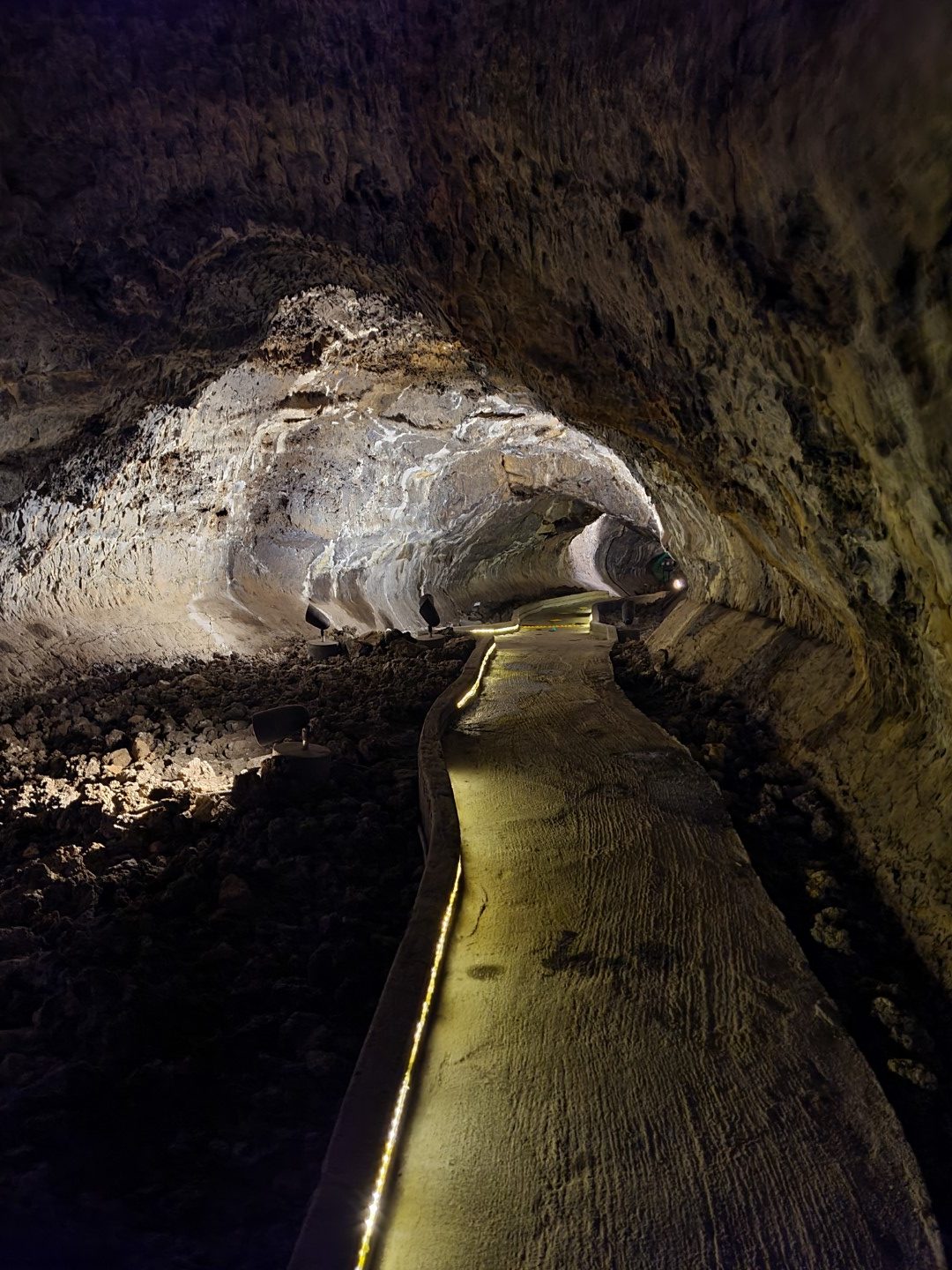
I’d say this place is one of the best for any speleologist or beginner cave lover.
Eruptions occurring in very ancient times (30k-40k years ago) formed enormous amounts of lava tube caves all over the park. Nowadays more than 20 caves are open for visitors of different levels of difficulty, from usual baby walking to experienced crawling with gear.
Located in northern California, this park is usually overlooked by tourists, but it also provides the unique experience to observe and explore the caves and nature without the distraction of crowds. We were there at the beginning of November and we saw other people only a couple of times on the road and near the visitor center.

General park information
There’re some tours offered by rangers daily during the summer months, but in general, all caves are open for a public visit without guided touring. Some caves are closed during winter months, but don’t worry – you’ll get a full experience even with the remaining open ones.
Tickets can be bought at the kiosk near the park entrance. If it’s closed in winter months then you can get it in the visitor center that works daily from 10:00 AM – 4:00 PM.
Everybody is asked to acquire a cave permit (needed if you want to visit caves, not needed if you want to walk on other trails around the park). Because of the white-nose syndrome, you’ll be asked if you wore the same clothes or shoes in other caves and if yes ranger will ask you to decontaminate your shoes in the special container. Permit works for 7 days, so you can use it for multiple visits.
Admission
- Day-use entry fee required – 25$ per vehicle. The entrance fee is good for 7 days and can be paid for with cash, check, or credit card.
- or National parks annual pass
Activities
- Hiking
- Cycling
- Camping
- Scenic drives
- Exploring the caves
Alert
Since 2006, bats have been dying in unprecedented numbers in the United States and Canada from white-nose syndrome (WNS), a fatal condition associated with exposure to the fungus Pseudogymnoascus destructans. Although humans aren’t susceptible, they can potentially spread the fungus between caves, mines, and other bat roost sites. In order to protect the bat population please be sure not to wear or carry anything into Lava Beds Caves that hasn’t been laundered or disinfected since the last time it was in another bat habitat, such as a cave, mine of lava tube.
Caves
There are a huge amount of caves in the park and before entering any cave you must obtain your cave permit from the visitor center or fee kiosk first.
While visiting caves try to follow the basic rules:
Most caves are concentrated at the caves loop that starts near the visitor center, but there are some other beautiful viewpoints spread across the whole park area.
Caves can be separated into 3 categories by difficulty: easy, moderate, and hard. Easy caves are the least challenging, they have relatively high sealings and smooth surfaces. Moderate caves have some low sections where you’ll need to bend. And hard caves are the most challenging and it’s strongly recommended to wear some protective equipment like helmets and kneepads. Such caves have some portions which require real crawling! By the way helmets, flashlights, and some other gear can be bought at the visitor center, so don’t worry if you forgot something at home.
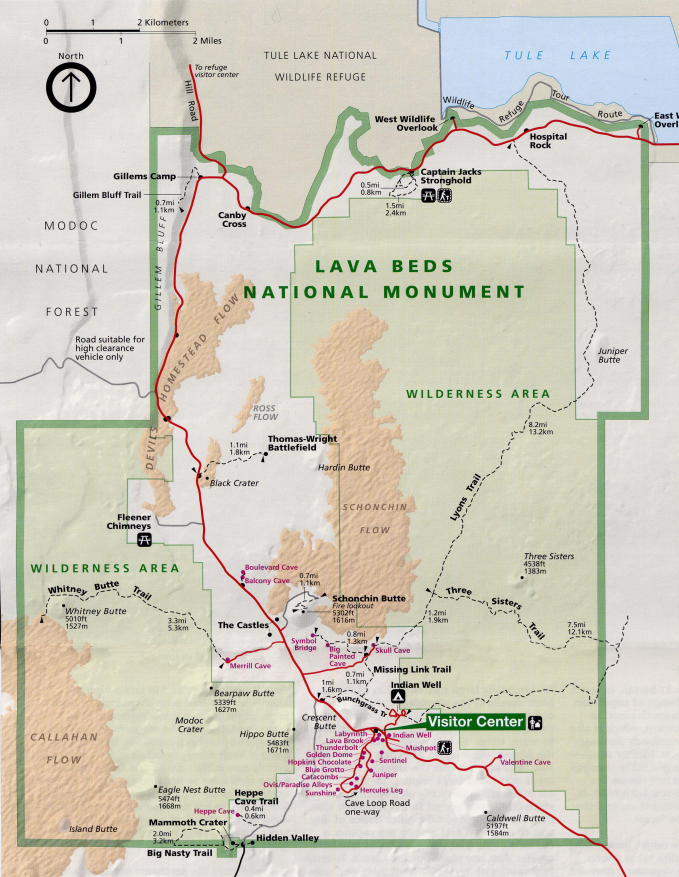
Here’s the list of easy caves that you can check out if you have only limited time in the park, like half-day only:
While going deeper into caves you start feeling that lights and sounds begin to disappear! Take a moment and turn off your flashlight for a moment and enjoy the primitive state of the caves and the sound of silence!
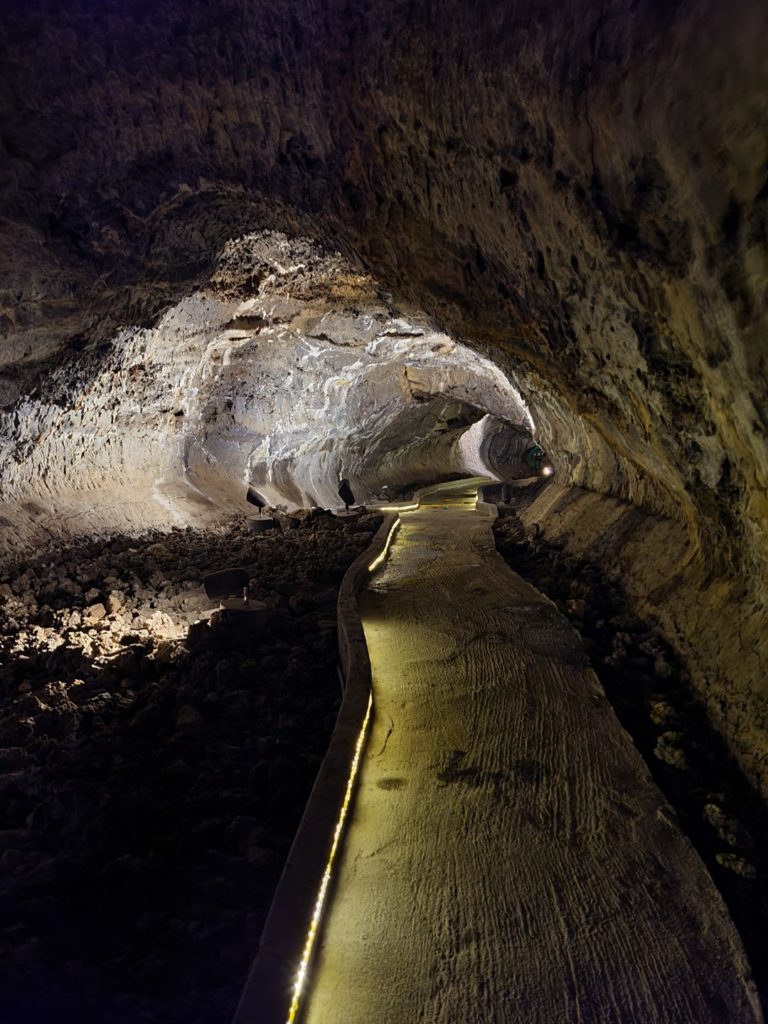
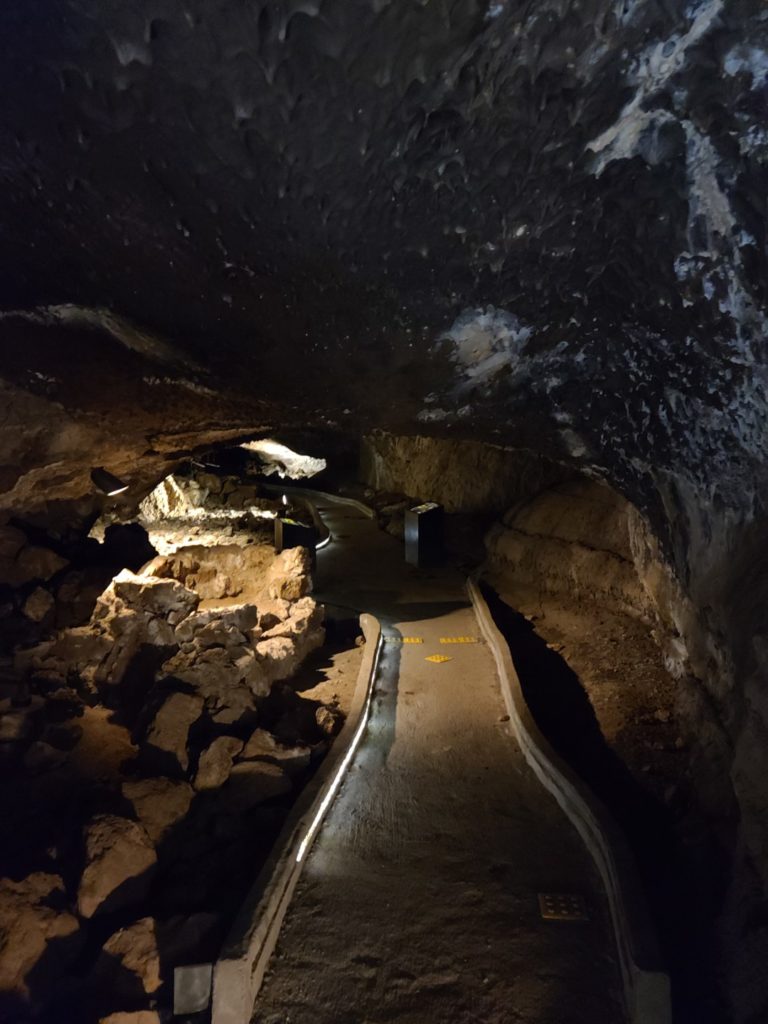

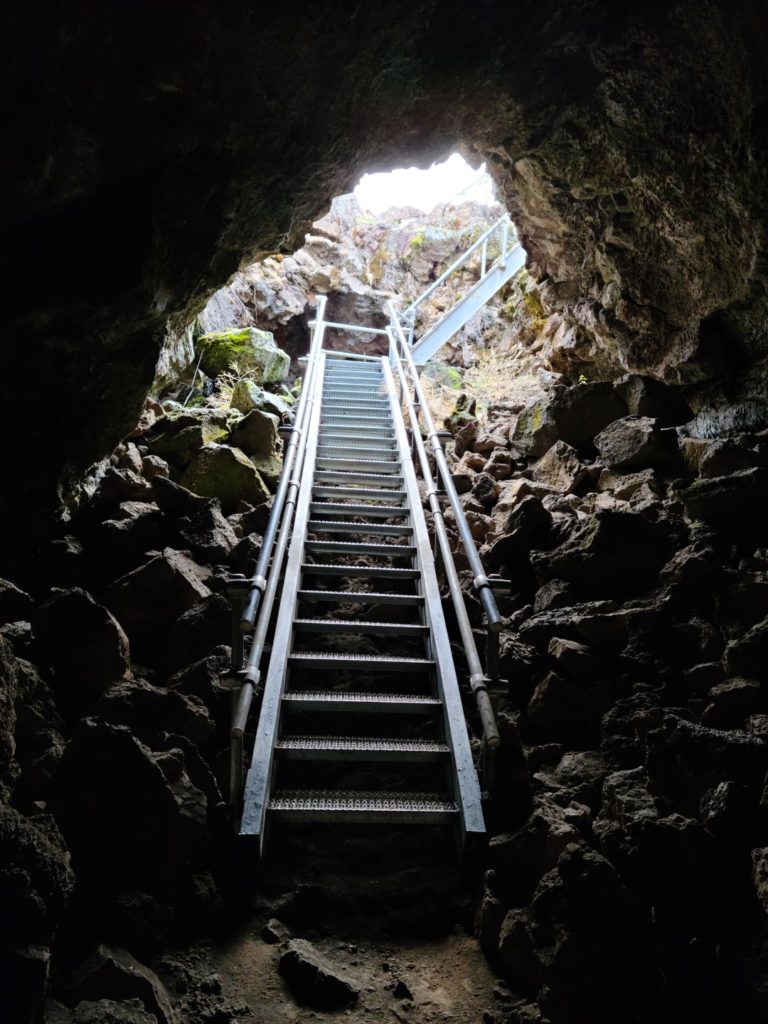
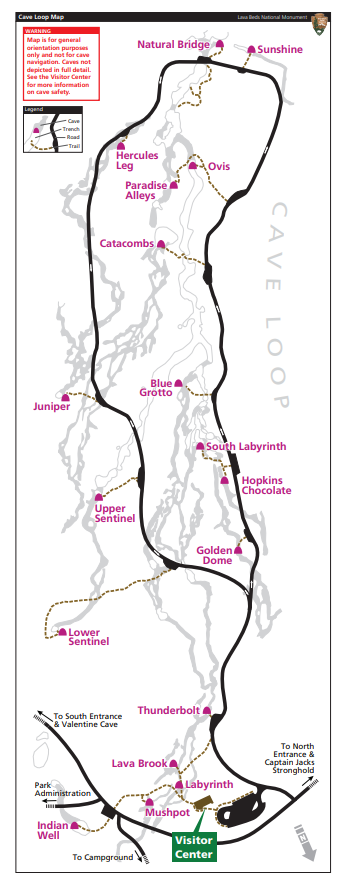
Another set of caves is located at the caves loop.
Viewpoints and hikes
Many trails start at the Weeler Peak parking lot. Some are small, with many informational plates that introduce you to the bristlecone pine grove or meadows. Some longer trails will lead you to alpine lakes and the strongest can also summit the Weeler Peak itself, the second-highest peak in Nevada! 8.2 miles. 2,900 feet of elevation gain.
Camping
There are 4 campgrounds in the main park area. For now Upper and Lower Lehman campgrounds are available only by online reservations and Baker and Grey Cliffs campgrounds are first come first serve. Cell connection is poor at all campgrounds, so better to keep it in mind. All have pit toilets fire rings, tables, and tent pads. Wheeler Peak campground is also available for reservation but it opens only in mid-summer, like in July depending on snow weather conditions. We were in the park in mid-June and Wheeler Peak road was already opened but the campground was still closed.
